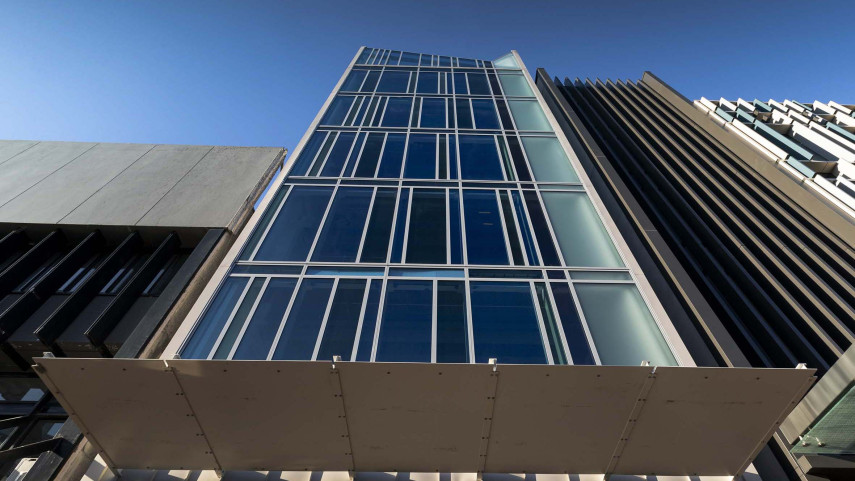
Council welcomes determination on High Street building

Share this story
Christchurch City Council is pleased the Ministry of Business, Innovation and Employment has made a determination on the structural design of an eight-storey building at 230 High Street.
MBIE has found that the building as designed and constructed does not fully comply with the Building Code. However, its experts have not identified the building as dangerous.
The Council sought a determination from MBIE after chartered professional engineers from a number of engineering firms were unable to reach agreement on whether the seismic design of the building at 230 High Street was adequate.
The foundation for the multi-storey building was designed - and peer reviewed - by chartered professional engineers and on completion received a code compliance certificate from the Council.
However, the plans for the building itself changed when a new engineer, Joo Hyun Cho, got involved in the project.
Mr Cho provided assurance the foundation would still be suitable for his revised design. He had his structural design independently peer reviewed by two chartered professional engineers from a separate engineering firm.
When the building consent application was lodged, a compliance review of Mr Cho’s design plans was done by another chartered professional engineer on behalf of the Council. This resulted in the Council approving the consent.
But when the building was nearing completion, an engineer employed by the Christchurch branch of international engineering firm Aurecon spotted possible faults with it.
Aurecon had not been involved in the design of the building, but after their engineer informed the company of his concerns, it took the step of inspecting the consent file.
After studying the design plans, Aurecon approached Mr Cho about potential issues with the building. When they felt they could not reach agreement with Mr Cho, they took their concerns to the Council.
At the time Aurecon raised its concerns, the foundations were the only part of the building for which the Council had issued a code compliance certificate.
The Council gave Mr Cho further opportunity to respond to the issues raised by Aurecon. When his responses failed to allay Aurecon’s concerns, the Council asked another engineering firm, Holmes Consulting, to give its high-level opinion.
Holmes Consulting agreed with Aurecon that some aspects of the design were concerning. It was at that point the Council asked MBIE to make a determination.
Council Head of Building Consenting Robert Wright says in light of the determination from MBIE, the Council will now refuse to issue code compliance certificates for the remainder of the building.
“It will be up to the owner of the building to decide what steps they will take to rectify the issues identified in MBIE’s determination.’’
Mr Wright praised the engineer who identified the issues with 230 High Street for reporting it.
“One of the outcomes of the Royal Commission of Inquiry into the Canterbury Earthquake was a change to the Code of Ethical Conduct for Engineers. They are now obligated to report to the relevant regulator any issue with a building that they believe might result in adverse consequences.
“This is exactly what happened in this case which shows that engineers are taking their ethical responsibilities seriously,’’ Mr Wright says.
